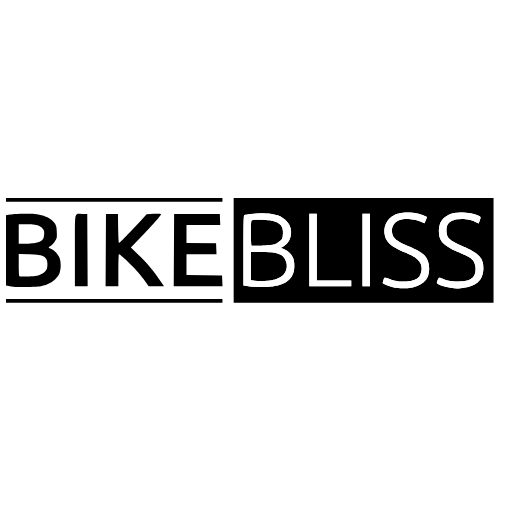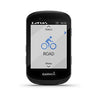

In the pursuit of effective weight loss strategies, understanding the significance of heart rate becomes paramount. Achieving the ideal heart rate during your workouts can be a game-changer, influencing the rate at which you shed those unwanted pounds. In this comprehensive guide, we delve into the intricacies of heart rate for weight loss, unraveling the secrets to optimizing your fitness routine.
The Basics of Heart Rate Zones
Fat-Burning Zone: Myth or Reality?
One common misconception revolves around the fat-burning zone. Contrary to popular belief, it's not just about exercising at a slow and steady pace. While low-intensity workouts do burn a higher percentage of calories from fat, high-intensity exercises can elevate overall calorie expenditure, contributing significantly to weight loss.
Determining Your Target Heart Rate
To personalize your fitness journey, understanding your target heart rate is crucial. This involves calculating your maximum heart rate and identifying the optimal range for effective calorie burn. The formula to determine your maximum heart rate is 220 minus your age.
Formula Example:
| Maximum Heart Rate (MHR) | 220 minus your age |
| Example | MHR = 220 - 30 = 190 beats/min |
Age |
Max. Heart Rate (bpm) |
|---|---|
20 |
200 |
30 |
190 |
40 |
180 |
50 |
170 |
60 |
160 |
70 |
150 |
Tailoring Workouts for Maximum Impact
High-Intensity Interval Training (HIIT): A Game-Changer
High-Intensity Interval Training (HIIT) has emerged as a powerhouse in the realm of weight loss. The alternating bursts of intense activity and short recovery periods not only elevate your heart rate but also keep your body burning calories post-workout—a phenomenon known as the afterburn effect.
Cardiovascular Endurance: The Key to Sustained Weight Loss
Building cardiovascular endurance is pivotal for long-term weight management. Engage in activities like running, cycling, or swimming to enhance your heart and lung capacity, allowing you to sustain higher intensity workouts over time.
Heart Rate for Weight Loss: Monitoring Heart Rate Effectively
Wearable Technology: Your Fitness Ally
In the era of technological advancements, leveraging wearable devices is a smart move. Fitness trackers and smartwatches equipped with heart rate monitors provide real-time data, allowing you to stay within your target heart rate zone and optimize every session.
Personal Heart Rate Monitors: Elevating Your Training
Investing in a personal heart rate monitor can take your training to the next level. These devices offer precise and continuous heart rate tracking, allowing you to fine-tune the intensity of your workouts in real-time. This personalized approach ensures that you consistently hit your target heart rate for optimal calorie burn.
Listening to Your Body
While technology aids us, tuning in to your body remains crucial. Listen to your body signals during workouts, adjusting the intensity accordingly. Overexertion may lead to burnout, hindering your weight loss progress.
Nutrition's Role in Heart Rate Optimization
Fueling Your Workouts: A Balancing Act
Optimal nutrition complements your efforts to achieve the ideal heart rate for weight loss. Balancing macronutrients—proteins, carbohydrates, and fats—ensures sustained energy levels during workouts, enhancing endurance and maximizing calorie burn.
Hydration: A Non-Negotiable Element
Maintaining proper hydration is often overlooked but is integral to optimizing heart rate during exercise. Dehydration can compromise performance and hinder your ability to sustain elevated heart rates.
The Psychological Aspect of Heart Rate
Mind-Body Connection
Acknowledging the mind-body connection is paramount. Stress and anxiety can elevate your heart rate outside of workouts, impacting overall well-being and potentially hindering weight loss progress. Incorporate stress-reducing activities like meditation or yoga to promote a harmonious balance.
Frequently Asked Questions (FAQs)
Q1: What is the significance of the fat-burning zone in weight loss?
Understanding the fat-burning zone is essential, but it's not the sole factor in weight loss. Both low and high-intensity exercises contribute to overall calorie burn, influencing weight loss.
Q2: How do I determine my target heart rate for effective workouts?
Calculate your maximum heart rate by using the formula: 220 minus your age. Your target heart rate should fall within a specific range to optimize calorie burn and weight loss.
Q3: Is High-Intensity Interval Training (HIIT) suitable for everyone?
While HIIT can be effective, it may not be suitable for individuals with certain health conditions. Consult with a healthcare professional before incorporating HIIT into your routine.
Q4: Can cycling be an effective way to elevate heart rate for weight loss?
Absolutely. Cycling is an excellent cardiovascular exercise that not only elevates heart rate but also strengthens leg muscles. It's a versatile and enjoyable option for weight loss.
Q5: How does hydration impact heart rate during workouts?
Proper hydration is crucial for optimal performance. Dehydration can elevate heart rate and compromise your ability to sustain workouts. Ensure adequate fluid intake before, during, and after exercise.
Q6: Are there specific benefits to using personal heart rate monitors during training?
Yes, personal heart rate monitors provide real-time tracking, allowing you to fine-tune workout intensity. This ensures you consistently hit your target heart rate for effective calorie burn and maximum weight loss.
In conclusion, understanding and optimizing your heart rate for weight loss involve a holistic approach. From tailoring workouts to monitoring heart rate effectively, embracing wearable technology, and incorporating personal heart rate monitors, each element plays a crucial role.
**This article serves as informative content, not medical advice. We strongly recommend consulting with your healthcare professional before initiating any exercise regimen. Your health and safety are our top priorities.






